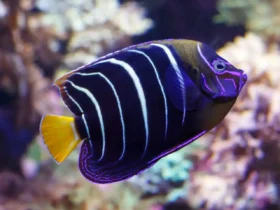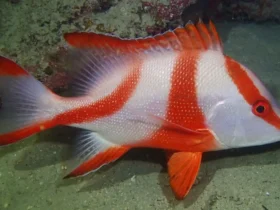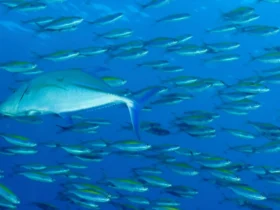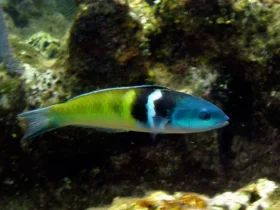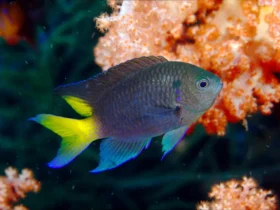The underwater world is teeming with an array of vibrant and captivating creatures, and the Blueface Flasher Wrasse (Paracheilinus cyaneus) stands out as a true gem. With its stunning colors, energetic displays, and unique behavior, this fish has become a beloved species among reef aquarium enthusiasts and underwater enthusiasts alike. Join us as we delve into the fascinating world of the Blueface Flasher Wrasse and uncover its captivating characteristics.
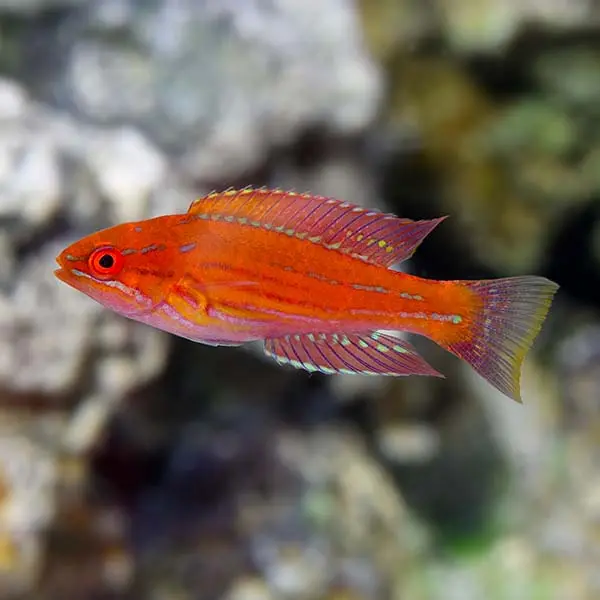
Appearance
The Blueface Flasher Wrasse is renowned for its striking and eye-catching coloration. As its name suggests, this species boasts a brilliant blue face that transitions into a vibrant yellow body. The transition occurs just behind the pectoral fins, creating a captivating contrast. Males also exhibit an elongated dorsal fin with filaments that they use to display during courtship rituals, further adding to their beauty.

Behavior
One of the most enchanting aspects of the Blueface Flasher Wrasse is its energetic and mesmerizing courtship displays. During mating season, males engage in elaborate dancing rituals to attract females. These displays involve vibrant bursts of color, fin movements, and darting motions. The males rapidly alternate between displaying their brilliant colors and darting into crevices or performing quick spins. This synchronized behavior creates a stunning visual spectacle that captivates onlookers.
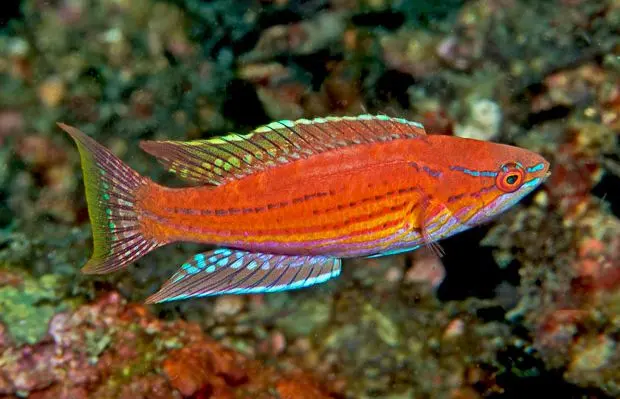
Habitat and Distribution
The Blueface Flasher Wrasse is native to the Indo-Pacific region, particularly the coral reefs of Australia, Indonesia, and surrounding areas. They are commonly found in clear, tropical waters with moderate to strong currents, where they seek refuge among coral formations and rocky crevices. These habitats provide the ideal environment for the wrasse to feed on small invertebrates and zooplankton.
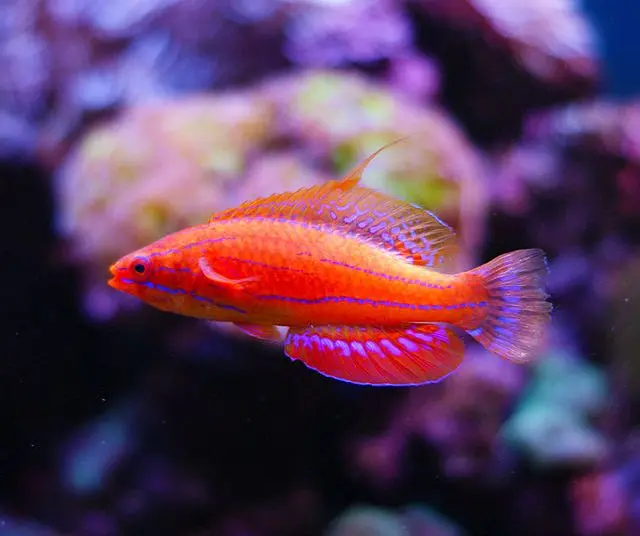
Social Structure
Blueface Flasher Wrasses are protogynous hermaphrodites, meaning they are initially born as females and can transition into males. In a social group, there is typically a dominant male accompanied by several females. If the dominant male is removed or lost, the largest and most dominant female undergoes a sex change and transforms into a male, assuming the role of the dominant breeder.
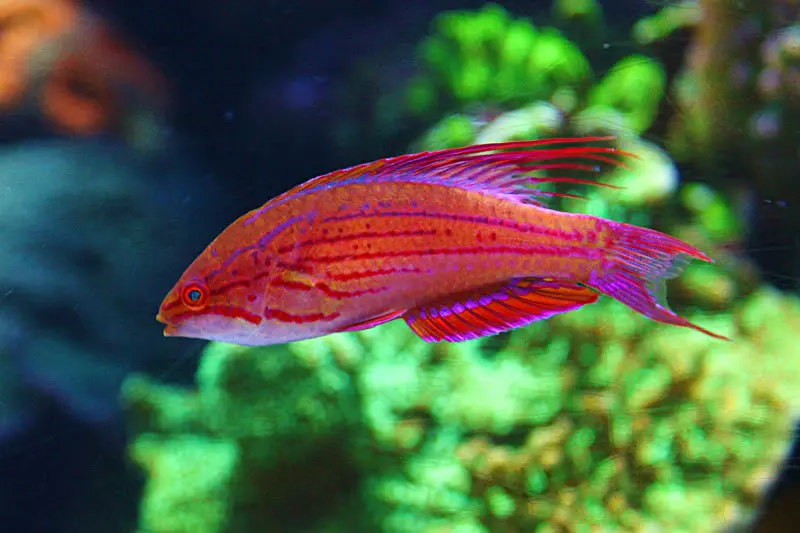
Conservation
The Blueface Flasher Wrasse is generally not targeted by the aquarium trade but can occasionally be encountered. However, their populations in the wild face threats such as habitat destruction, overfishing, and pollution. Conservation efforts, including the establishment of marine protected areas and sustainable fishing practices, are crucial to ensuring the long-term survival of this species and maintaining the biodiversity of coral reef ecosystems.
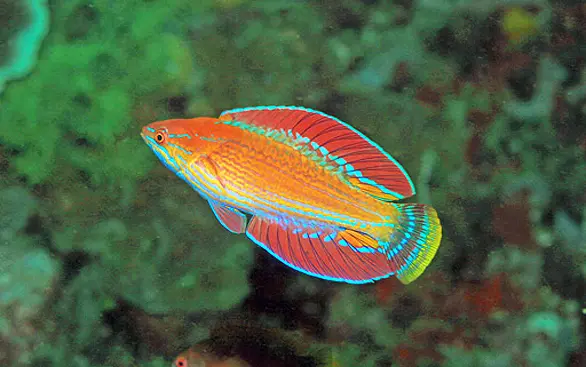
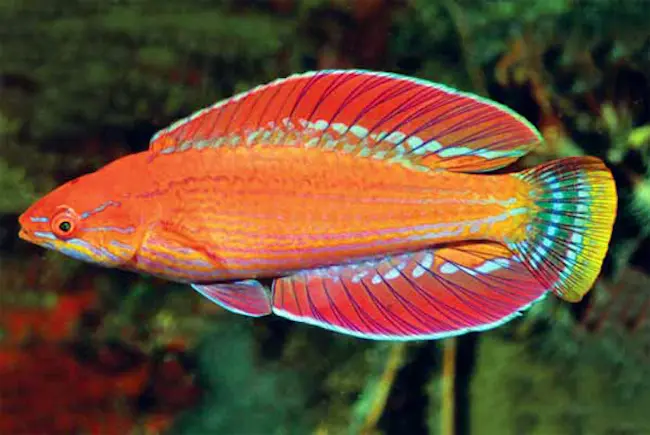

The Blueface Flasher Wrasse exemplifies the beauty and wonder of marine life. Its vibrant colors, energetic courtship displays, and unique social structure make it a captivating species to observe and study. As stewards of the ocean, it is our responsibility to protect and preserve these magnificent creatures, allowing future generations to appreciate their stunning presence in the marine world. Whether in the wild or within the confines of a well-maintained reef aquarium, the Blueface Flasher Wrasse continues to awe and inspire us with its mesmerizing allure.

